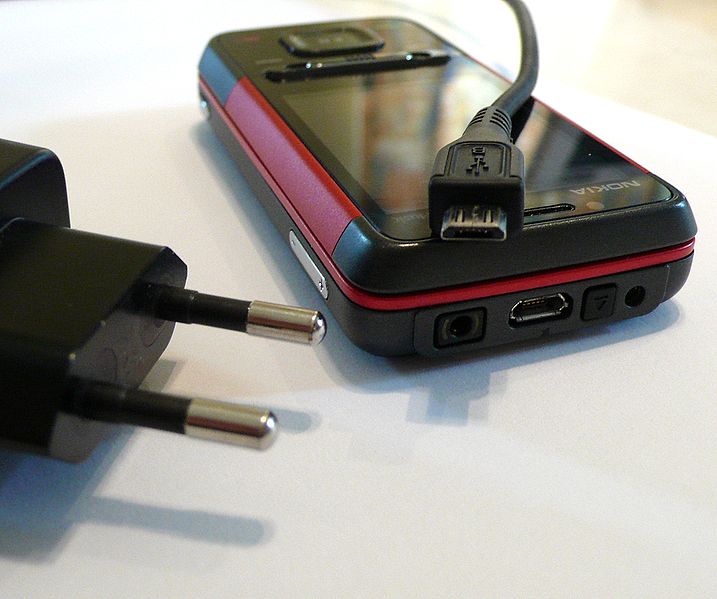When going to other places, having your iPad charging station to make sure your tablet is always charged is a no-brainer. However, do you always have qualms about plugging your lightning USB cable and other devices to your hotel’s electric outlet, fearing that it might explode or cause a short circuit of some sort? Well, here is a rundown of things you should look into before taking that plunge and inserting that plug:
Why are there different voltages in different places?
The reasons are more or less historical. It was Thomas Edison, as in the scientist, who insisted that appliances should run on 110 volts (DC). It was then Westinghouse, as in the electronics company, that convinced him to switch from DC to AC so that transformers can be used. Thus, 110 V (AC) became the standard in North America. Europe started with 110 volts as well, but at 50 Hz, since they adhere to the metric system. However, after the Second World War, voltage was doubled to 220 V because with higher voltage meant lower usage of copper. African and Asian countries just followed the standards set by those that colonized them.
Thus, now, Canada, the US, and Mexico, as well as other Central American countries like Honduras and Panama, are the only ones using 110 V. The rest of the world use 220 V, and some other countries have unique voltage requirements like Japan (100 V), India (230 V), and Kenya (240 V).

 Heather
Heather









